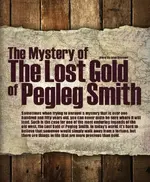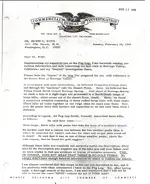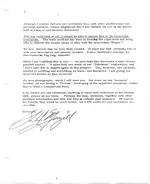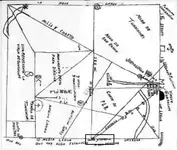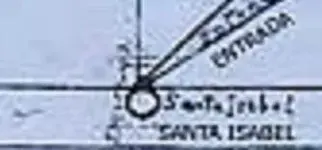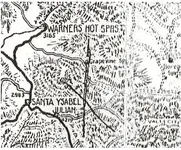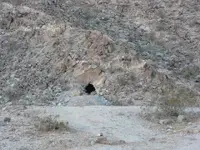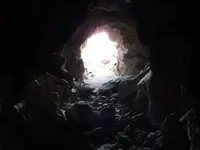Thought’s about the Ruth search for the California Mine
A few years ago (sometime in the 1990's), Greg Davis gave me a copy of a page from a Thurston’s Road Map which was apparently used by Adolph Ruth on the California adventure. The original map was given to Fred Guiry of the Dons Club in 1949 by Erwin Ruth. The page copied from the road map was a map of a portion of Southern California which will be shown shortly; however, later I obtained a complete copy of the Thurston Road Map and found some interesting details. First, the Thurston map had two copyrighted dates of 1915 and 1916 And second, I had assumed that the original map was a map of California which Adolph and Erwin had probably purchased when they rented the car after they arrived in Los Angeles by train; however, as shown below, the front side of the title page on the cover said:
THURSTON’S TRAVEL AND MILAGE MAP OF HIGHWAYS,
CITIES, TOWN, RAILWAYS [of] SOUTHERN CALIFORNIA and
ARIZONA (The Desert Map) and East to WASHINGTON D.C. Via Southern all year Round Route
and the back side of the title page contained a Transcontinental Map which showed the “Southern all year Round Route” that extended from Washington D.C. on the east to San Diego, California on the west.
Albert G. Thurston
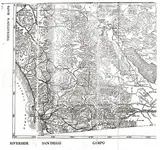
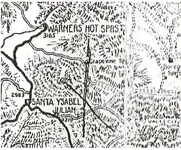 http://www.lost-dutchman.com/dutchman/robtwo/ruth.pdf
http://www.lost-dutchman.com/dutchman/robtwo/ruth.pdf



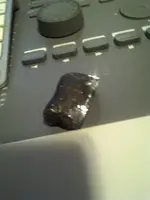

 lol Things are good and everything is fine, our magazine ( Dezert magazine ) is doing very well!!! In fact I'm here to let everyone know that I wrote an article about Pegleg in the recent issue. If you would like to read it , please follow the link (
lol Things are good and everything is fine, our magazine ( Dezert magazine ) is doing very well!!! In fact I'm here to let everyone know that I wrote an article about Pegleg in the recent issue. If you would like to read it , please follow the link ( 